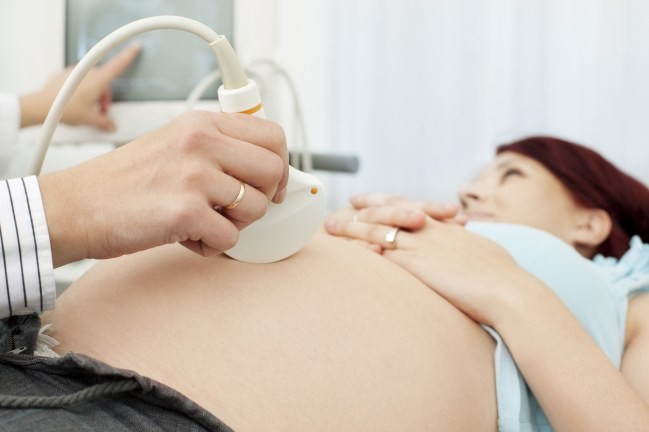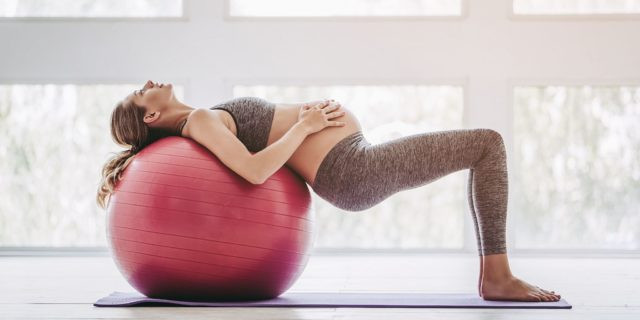9 placements after the birth of a child

At birth, the role of the newborn is fundamental in changing the baby's positions regularly and daily. The newborn, in fact, is subjected to a force of gravity greater than that present in the maternal uterus where the baby, immersed in amniotic fluid, moved without any difficulty.
The newborn baby is not able to move on its own at birth; if it rests on a plane, it lies completely on it with its body and head; its legs and arms are also supported and open. At certain times of the day an enveloping pillow can welcome and contain the newborn baby and make it more stable in its small movements of the head, arms and legs.
In order to avoid cot death (SIDS), the baby up to 6 months of age must sleep supine, but it is essential to change positions from supine to hip and prone with the supervision of an adult. This alternation will avoid excessive pressure on the occipital region and stimulate the muscles of the neck and back, which is essential for achieving the sitting position and the subsequent motor stages.
Remember that the baby should not be lifted out of the armpits but underneath, containing the trunk. It is not essential to use the pillow in the pram and cot. At the beginning, mum and dad will be able to help the baby to keep the head raised by placing it with the belly on their chest. It is also important to maintain eye contact at all times. When the newborn baby is in your arms, it is useful to alternate positions.
Breech delivery: all you need to know
The breech position (head up) is an abnormal presentation of the fetus in which the head is turned towards the bottom of the uterus and the feet and/or the back of the unborn child are turned towards the..
ReadGymnastics that gives well-being in 9 months
Gymnastics over 9 months helps to loosen the joints, tone the muscles and improve circulation. Certain physical exercises also serve to prevent normal disorders due to changes in the body: the weight of the belly changes the posture,..
Read

